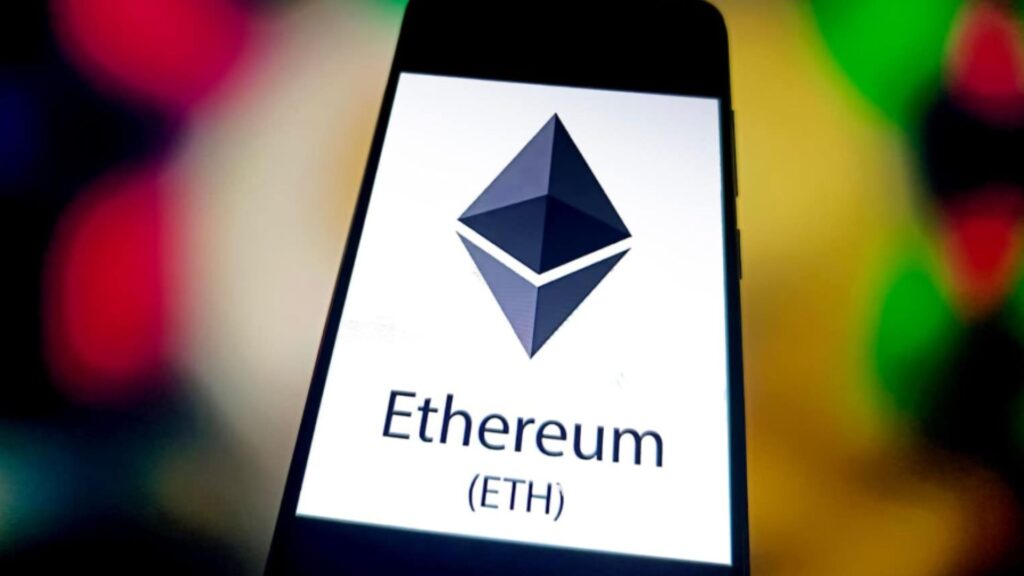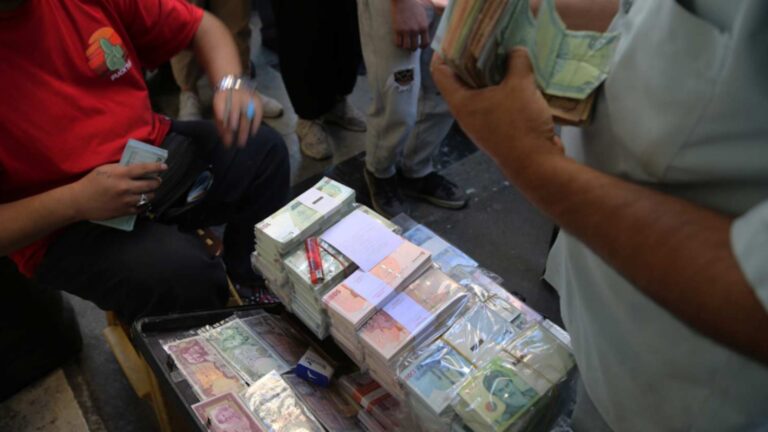
Ethereum presented a confusing picture this August. While its price rocketed to a new all-time high of nearly $5,000, a look under the hood revealed a startling trend: the network’s own revenue collapsed by a massive 44% to just $14.1 million. This disconnect has kicked off a major debate about whether the world’s second-biggest blockchain is thriving or secretly in trouble.
Let’s break down the numbers. According to data from Token Terminal, the network’s on-chain earnings took a nosedive from the $25.6 million recorded in July. This happened even as ETH hit its record price of $4,957 on August 24. It marks the fourth-worst month for revenue since early 2021, and it’s a staggering 75% plunge compared to the same time last year. The main reason for this is the Dencun upgrade from March 2024, which was designed to make transactions cheaper for layer-2 networks. The upgrade worked perfectly, but the side effect was a sharp drop in fees burned, which directly hits the revenue shared with ETH holders.
This dramatic revenue slump has ignited a fierce debate among crypto experts. AJC, a research manager at the analytics firm Messari, made waves by bluntly stating that Ethereum is “dying.” He argues that since revenue from fees is a primary reason for people to demand and hold Ether, the fact that its “fundamentals are collapsing” should be a major red flag, regardless of the soaring price tag.
However, not everyone is hitting the panic button. Other analysts argue that looking only at revenue misses the bigger picture of a healthy, growing network. Henrik Andersson of Apollo Crypto told Cointelegraph that Ethereum remains a “vibrant ecosystem,” pointing to other key metrics that are at or near all-time highs, including stablecoin supply and the number of transactions being processed. More importantly, the number of people using the network daily has climbed to over 552,000, a solid 21% increase from a year ago.
While analysts debate, big corporations are quietly placing massive bets on Ethereum’s future. Companies now hold about 1% of all ETH in existence in their treasuries. For example, SharpLink Gaming has amassed ETH worth $3.6 billion, while BitMine Immersion Technologies holds a staggering $9 billion worth. This institutional gold rush is being fueled by a new PR firm, Etherealize, which raised $40 million to encourage even more public companies to adopt Ethereum, largely thanks to the appeal of staking, which lets them earn a return on their holdings.
So, what does this all mean for the future? This split between a high price and low revenue shows Ethereum is fundamentally changing. Its supporters believe it’s evolving from a platform that profits from high fees into the essential settlement backbone for the entire world of decentralized finance. Big banks like Standard Chartered are bullish, raising their year-end price target for ETH to $7,500. Still, the debate rages on as the network carves out its new role in an ever-expanding crypto landscape.












